As for Pentecost there is a long weekend in Hungary, we decided to travel to the south, to Tolna county. While our main intent was to visit some wineries and do a canoe tour on the Danube river through the Gemenc Forest, we ended up driving around picture-perfect villages, talking to friendly local people and visiting several little churches and medieval ruins, all of them special in their own way.
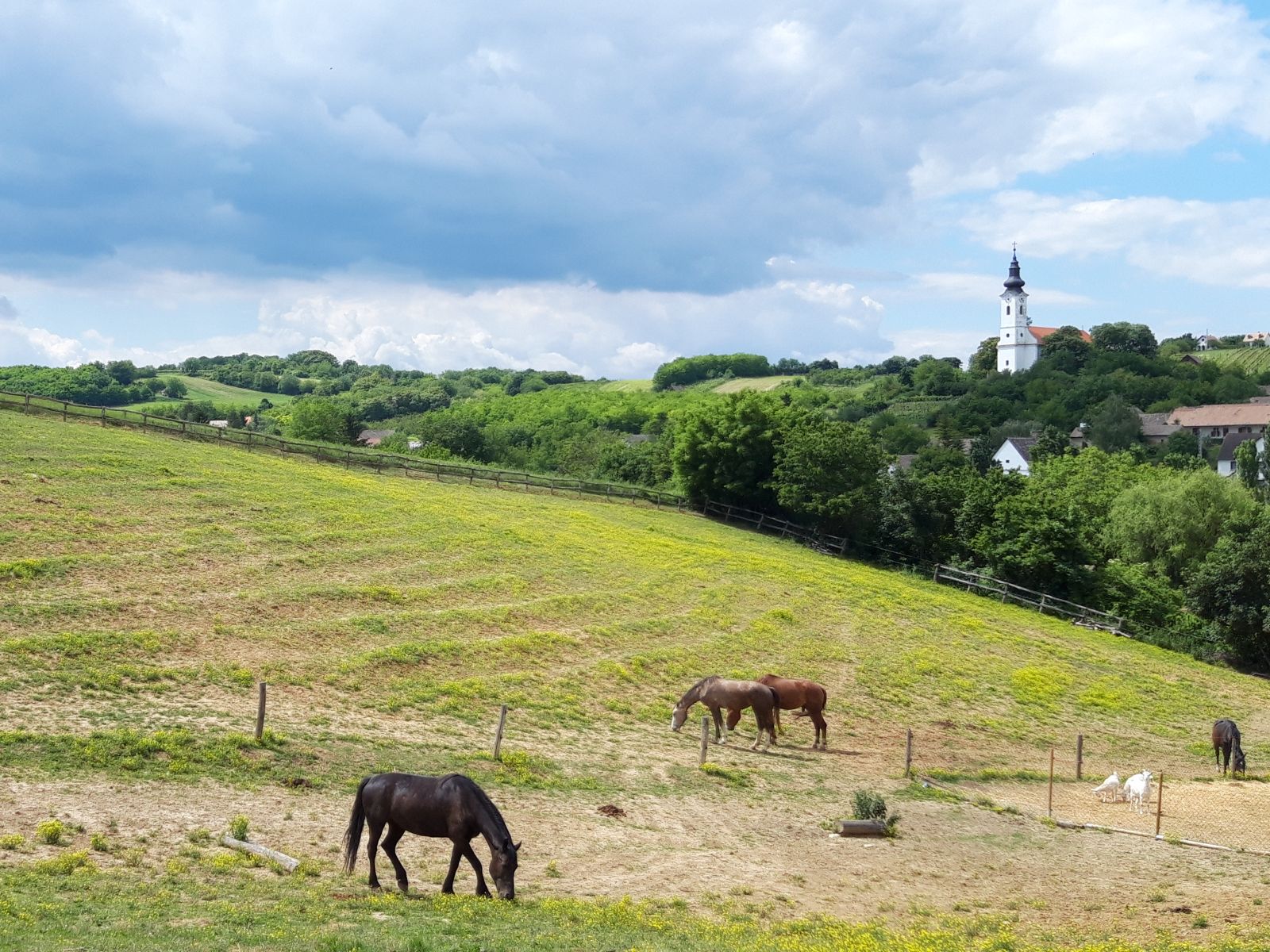
Grábóc

Grábóc. Just by the sound of it you can tell that the village has Slavic connections, which is not so unique in the southern part of Hungary. You'll find the village at the end of a small valley, it's a dead end street, so it's wonderfully quiet. The village itself is so tiny that you'll only find houses on one side of its main street. The other side gives place to a playground, a soccer field and a pasture. There is also a nice calvary, just like in almost every village around here.
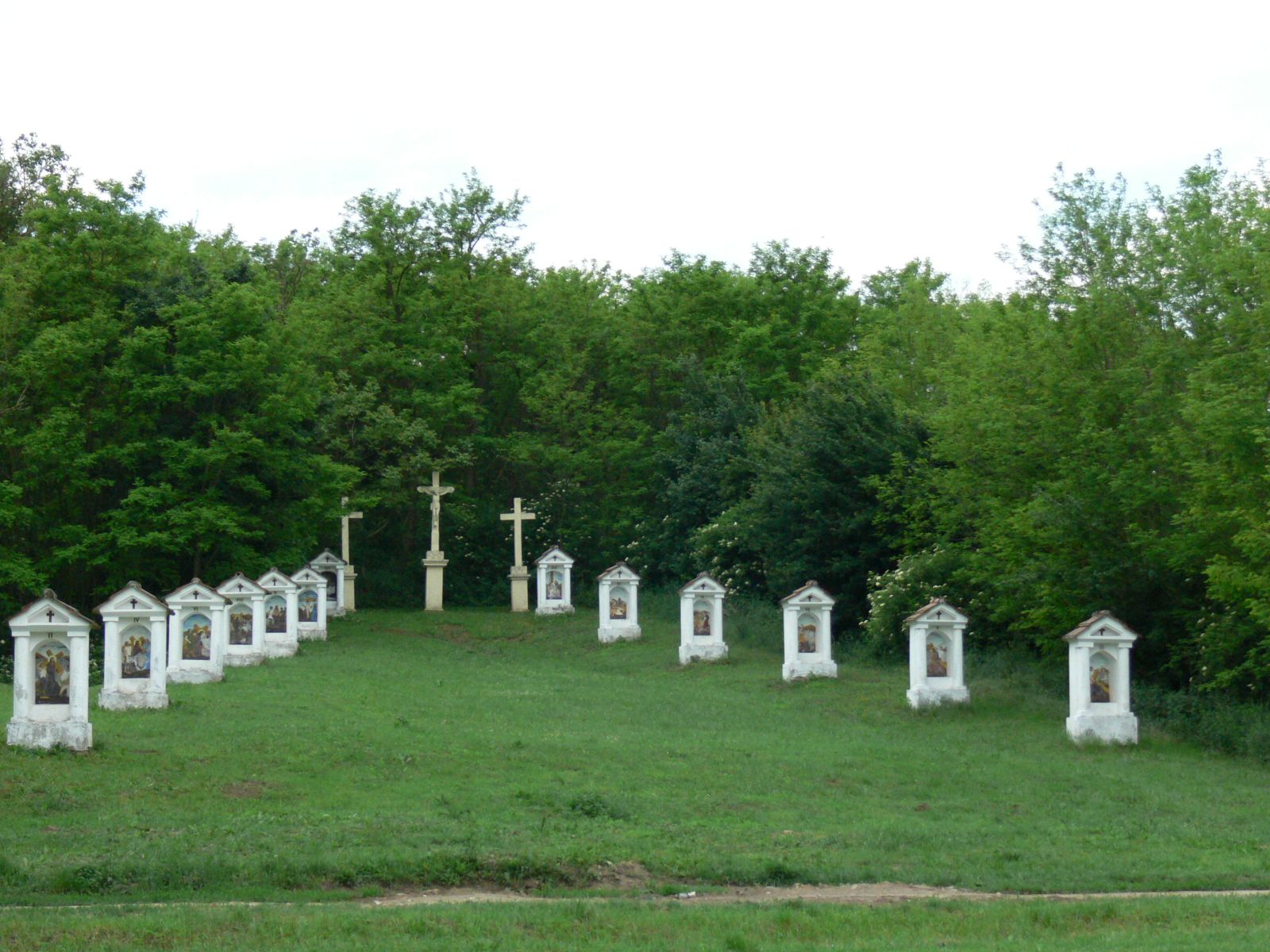
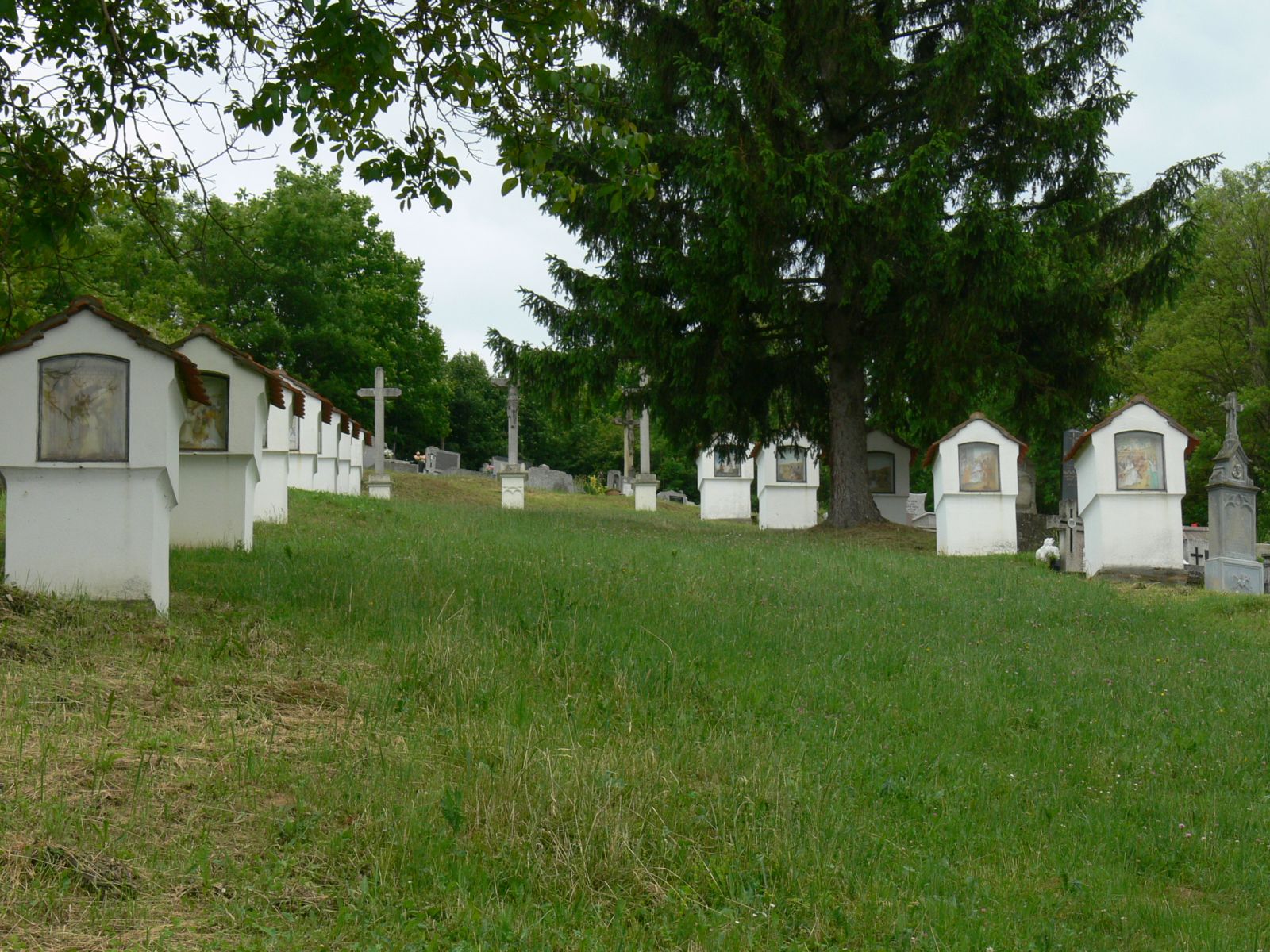
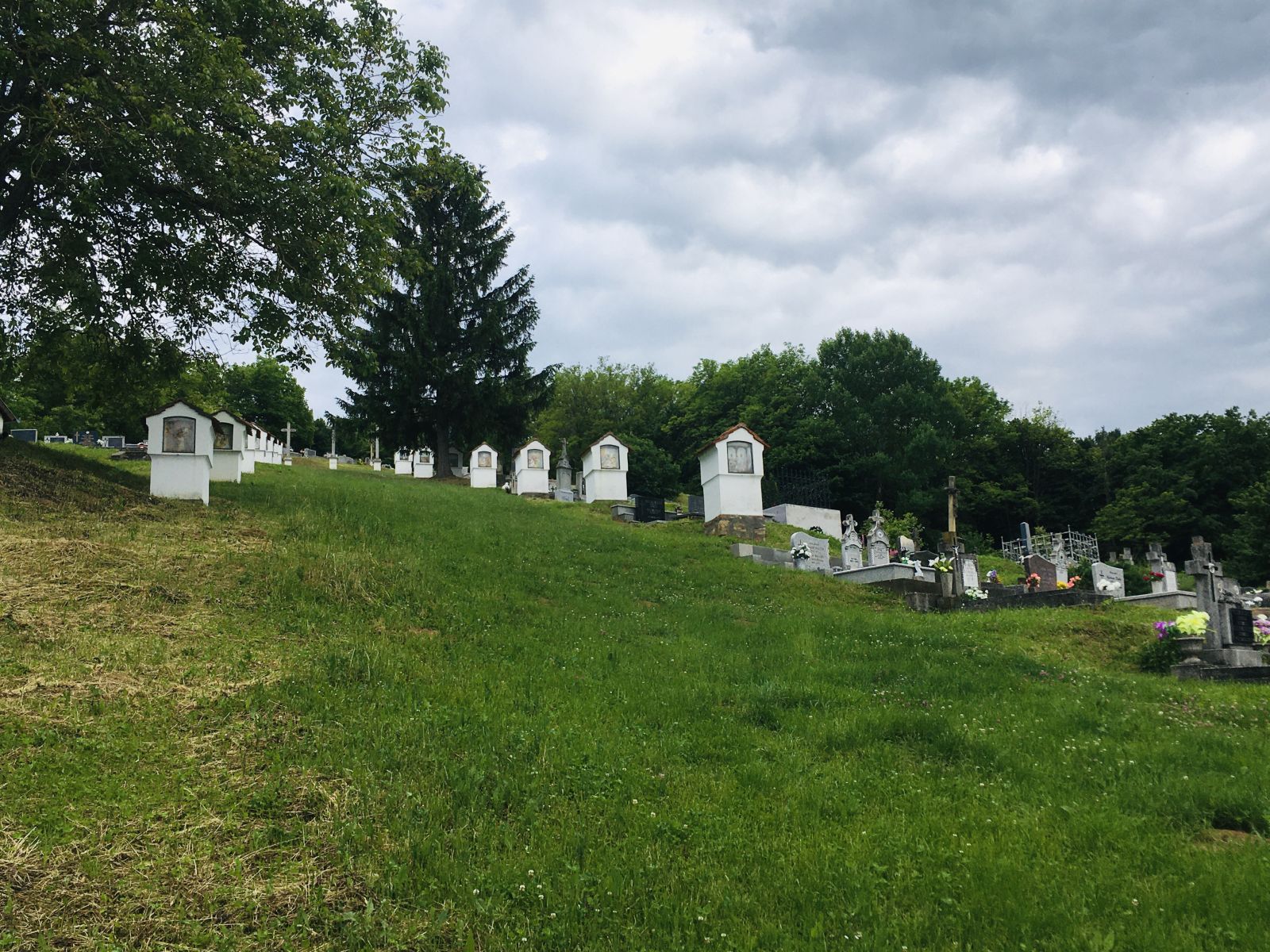
When we first arrived we did not know that this valley was hiding a real treasure. In the 16th century Serbian monks were fleeing from the Ottomans and found refuge in the forest here, hidden from the world. Ever since Grábóc has always had an orthodox church, which is quite unique in Hungary. Even today, the 300-year-old monastery is home to some nuns, who take good care of the church and its surroundings. The church is always open to visitors, but please make sure you pay a small donation.
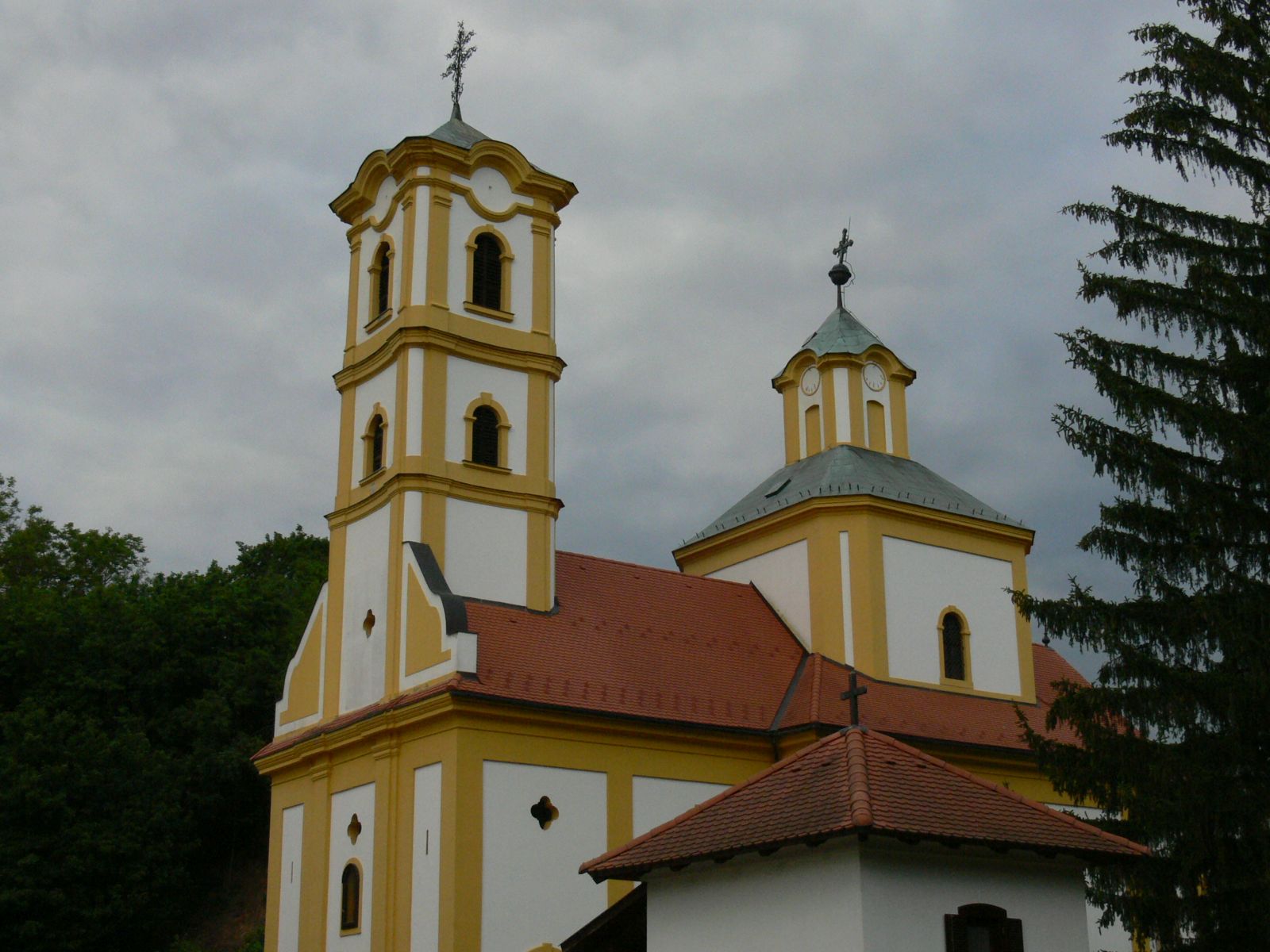
After parking our car, we crossed the cute stone bridge over the creek to get to the monastery and the yellow church. To the right we could also see a small house with a well inside and two tombs.
As only one priest and two nuns live here at the moment, it's very easy to talk to them. First we were a little shy and just watched them working in the garden, planting some flowers. Then we tried to talk to them in Russian, which has lot of similarities with the Serbian language, and they reacted in a very friendly way. We could tell that they are very proud of their church, rightly. Inside it's decorated with precious icons, so it has a real oriental atmosphere. It felt like we were in another place and another time.
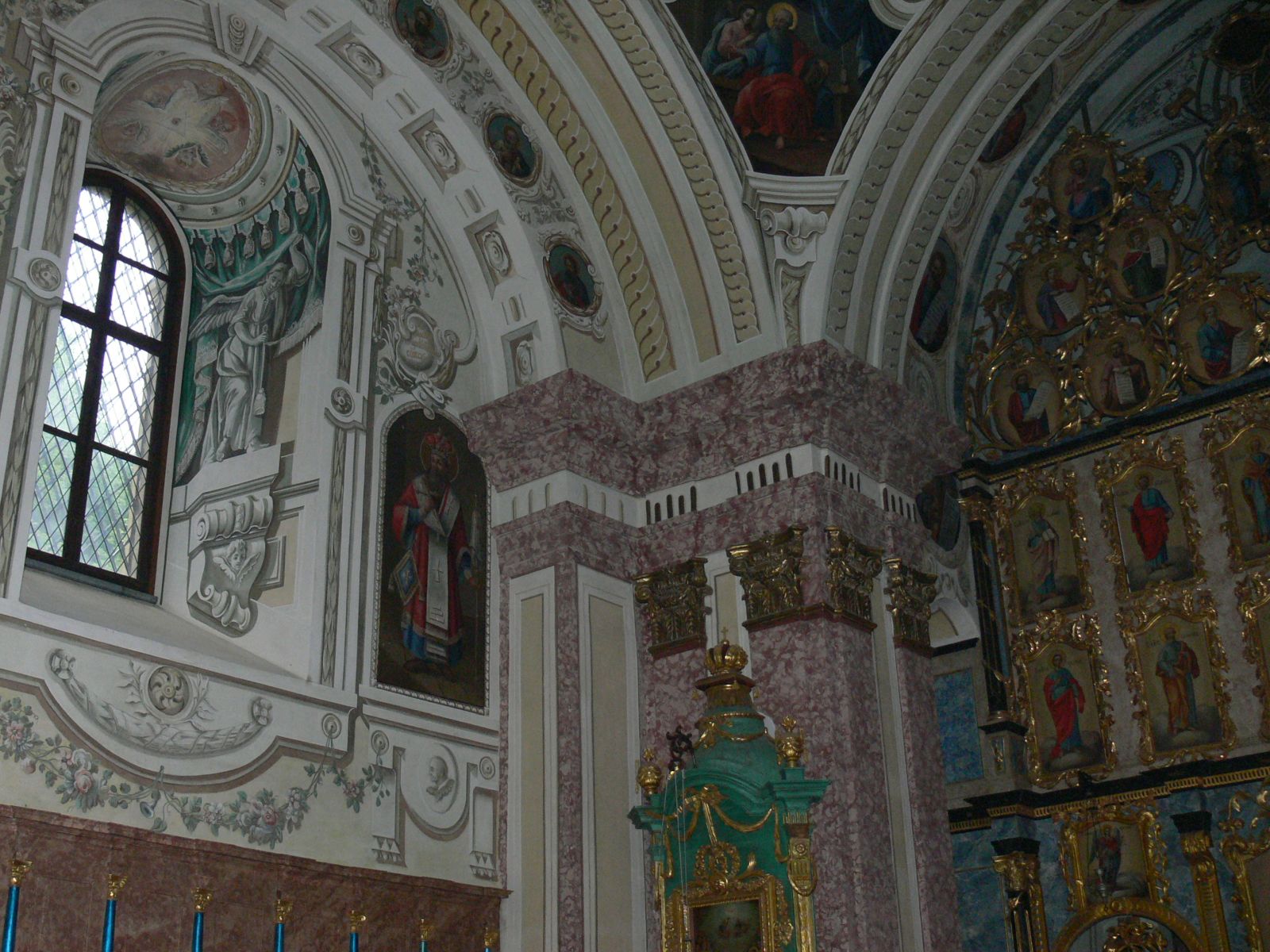
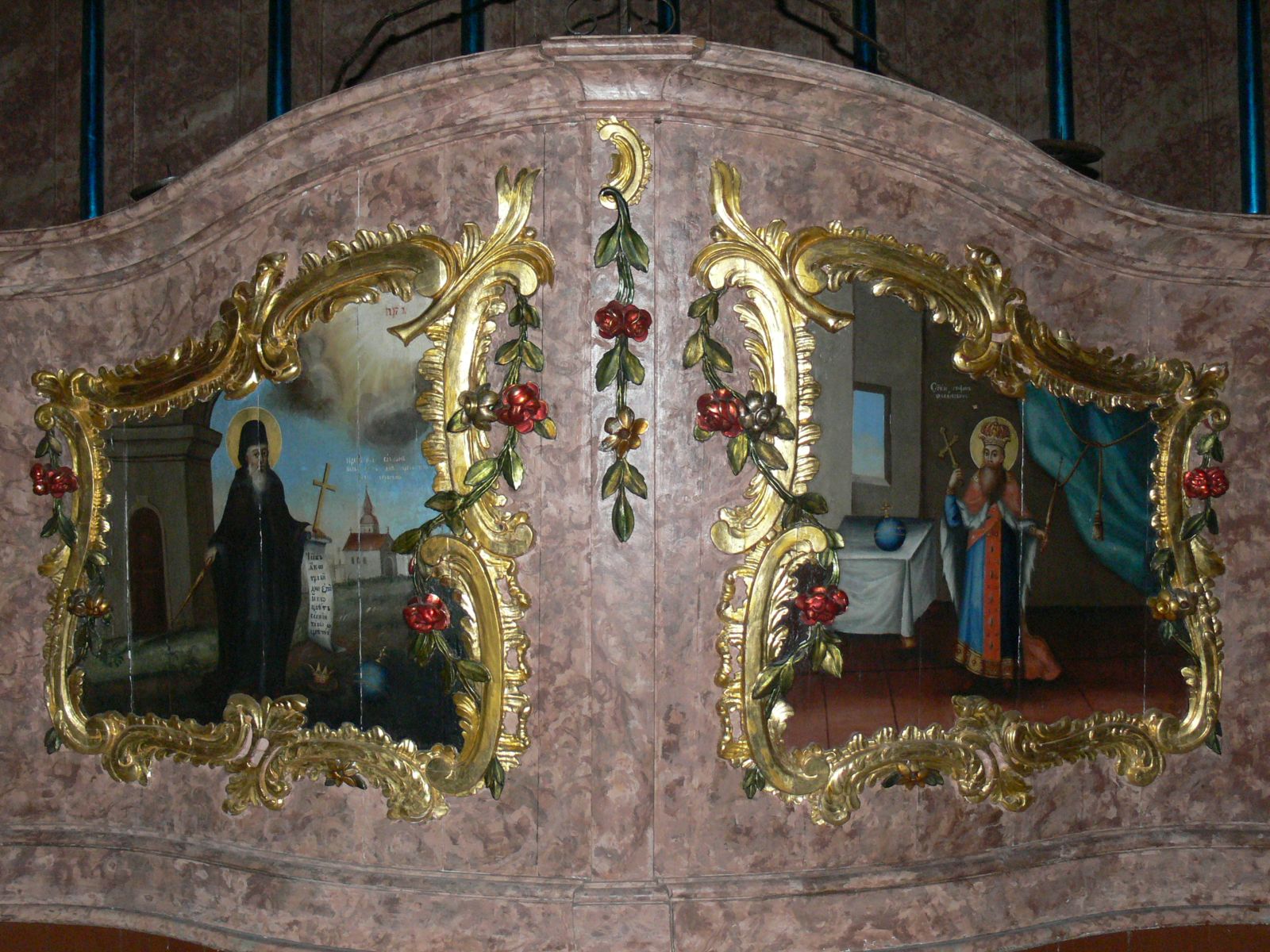
One of the ladies even proudly showed us her hard working hands.
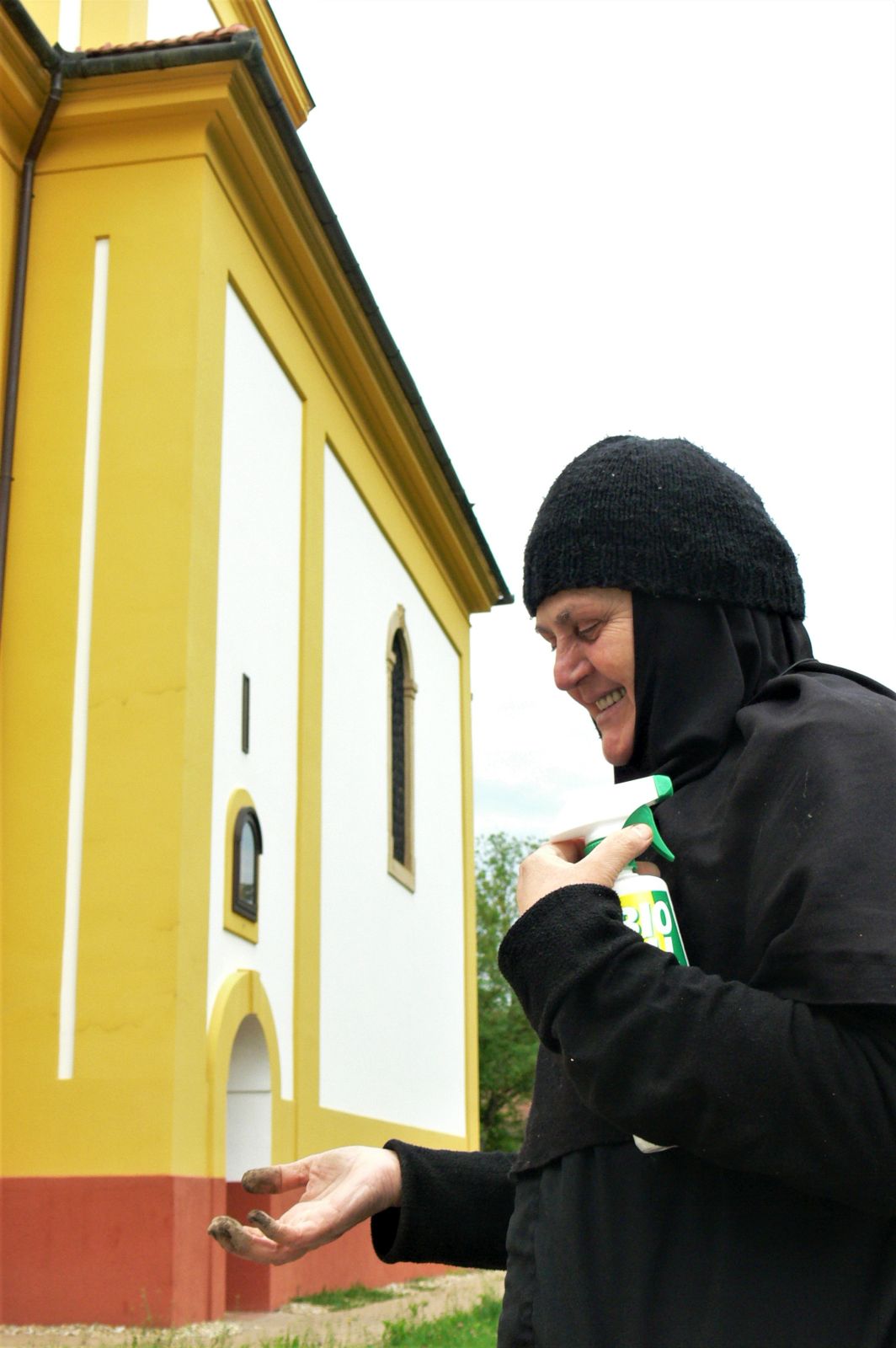
There is also a lookout tower above the village, easily reachable on foot. It's worth the climb for a great view of Grábóc and the surrounding countryside.
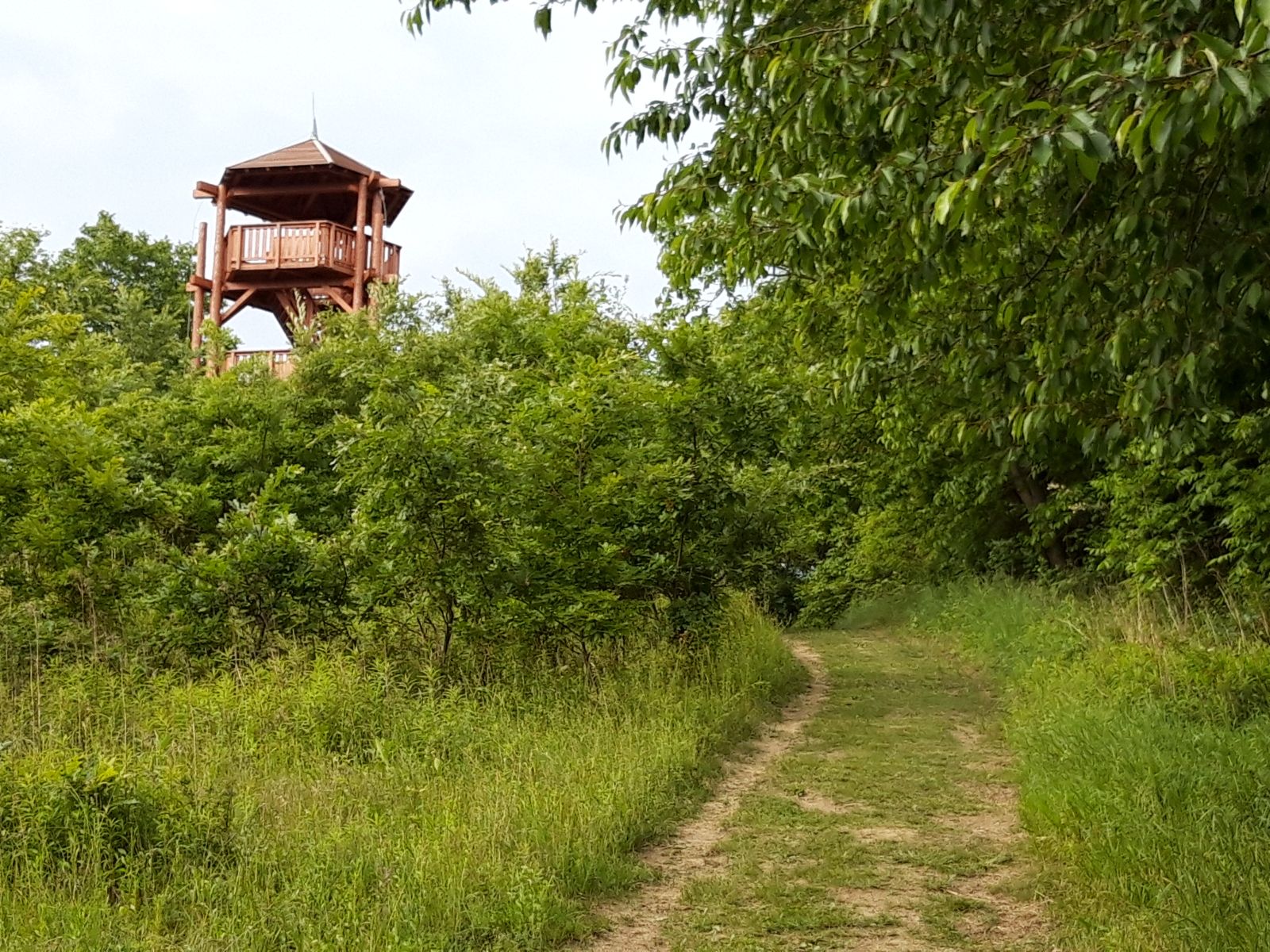
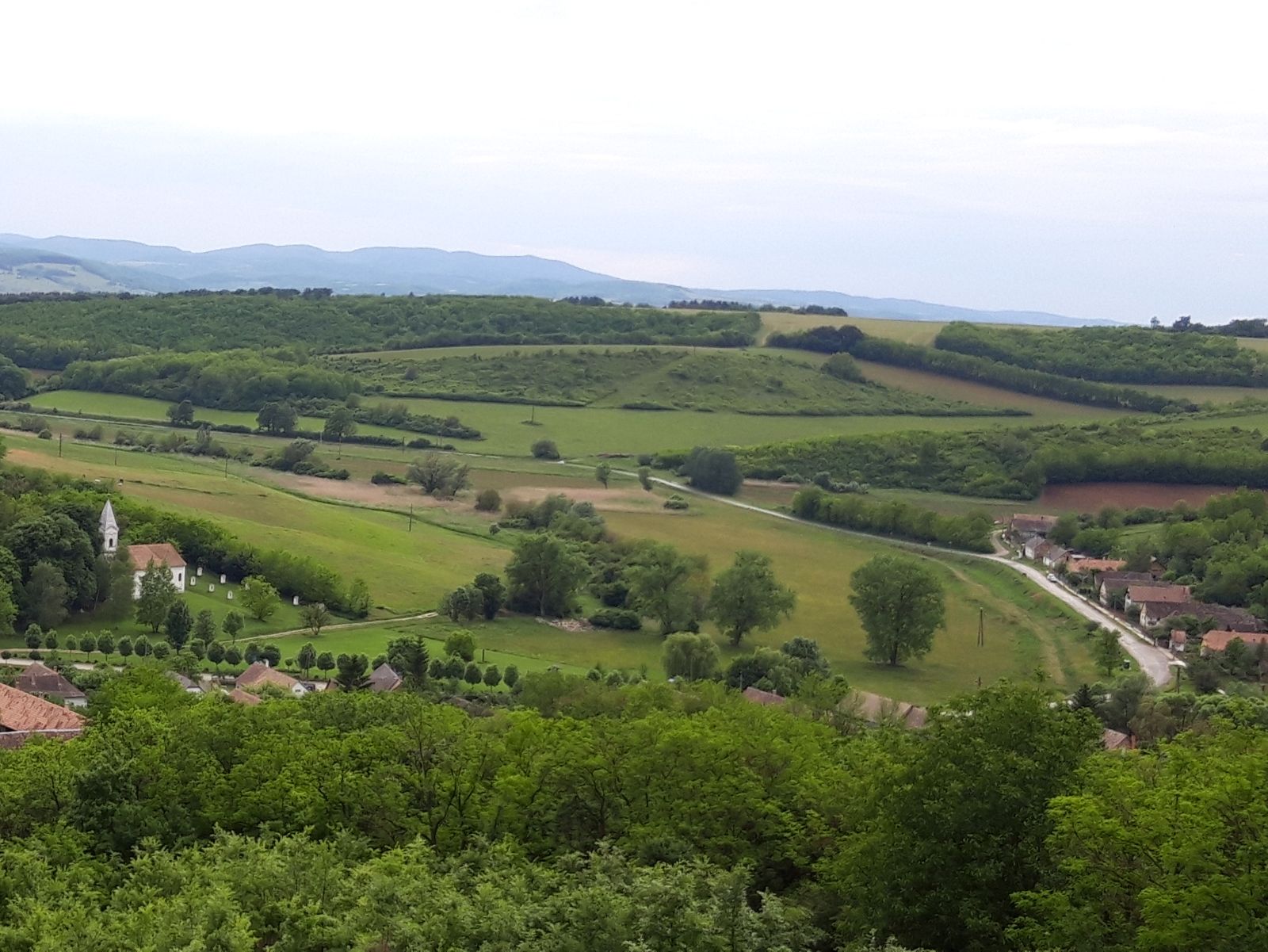
Bátaapáti
As we moved on to our next destination, forest-covered hilltops and lovely valleys alternated along the road. We reached the village of Bátaapáti in one of these valleys.
We discovered Bátaapáti at a slow pace as every house and every garden offered us something to look at: nicely renovated houses, colourful doors and windows, beautifully blooming flowers. Once we got to the last house of the main street, we were just about to turn back, but our adventures did not end here. We noticed a man working in his garden, planting some flowers. This would be a very ordinary sight in the countryside, but his garden was full of garden dwarves, so it caught our attention.
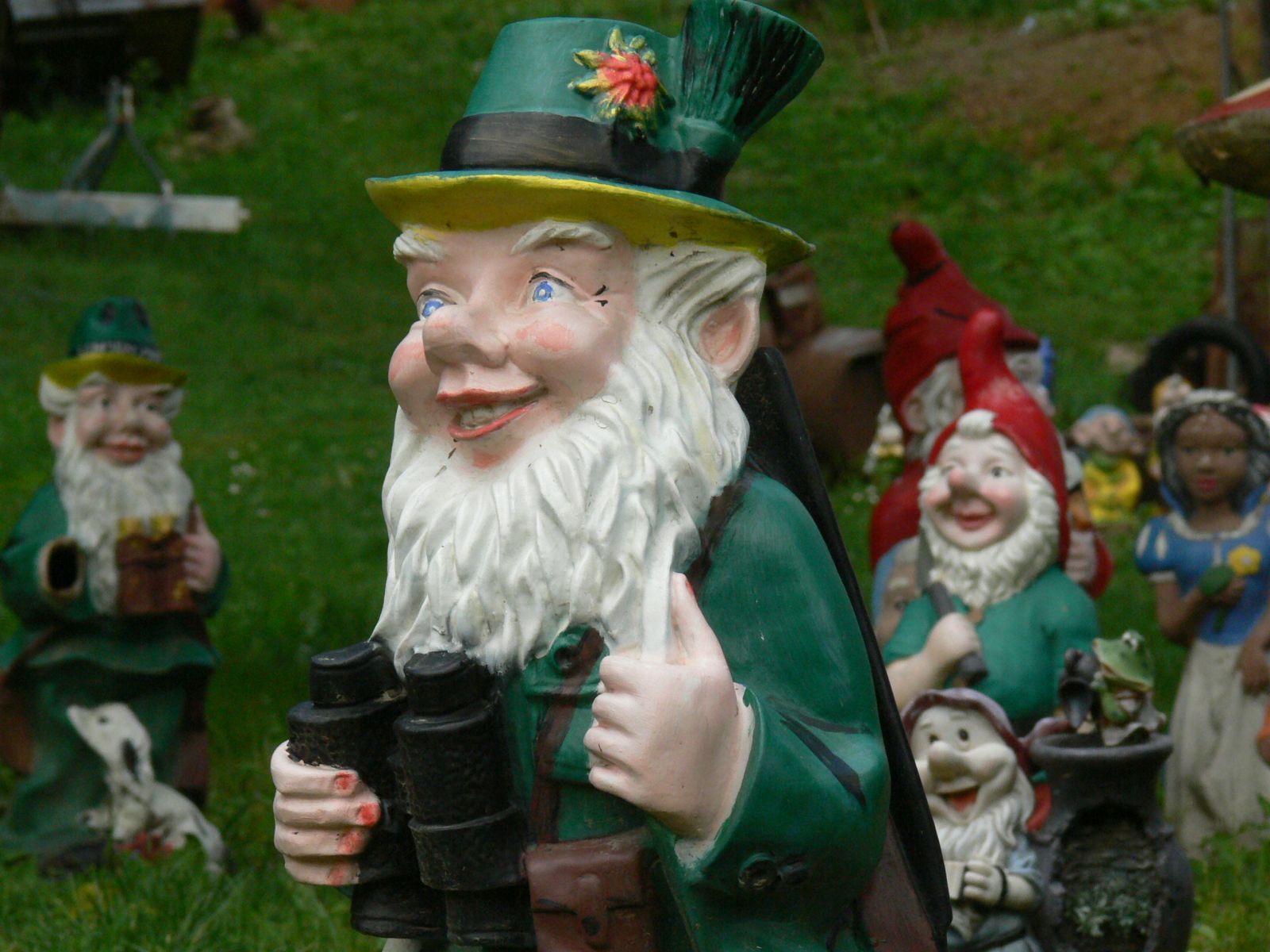
We asked him about the dwarves and got a long answer. He told us they had just moved to the village from the nearby town. His wife is passionate about garden dwarves and they have hundreds of dwarves in their house, as there is no more space for them in the garden.
Later his wife also joined us and offered us their own Szekszárdi wine. Then they told us about an old-time village in the forest. They said the village is now under the ground and you can only see the sunk bell tower. While we went looking for the hidden church, we met a couple of hikers who were looking for the same. Along the road we found a large area of ripe wild strawberries, more colourful than tasty.
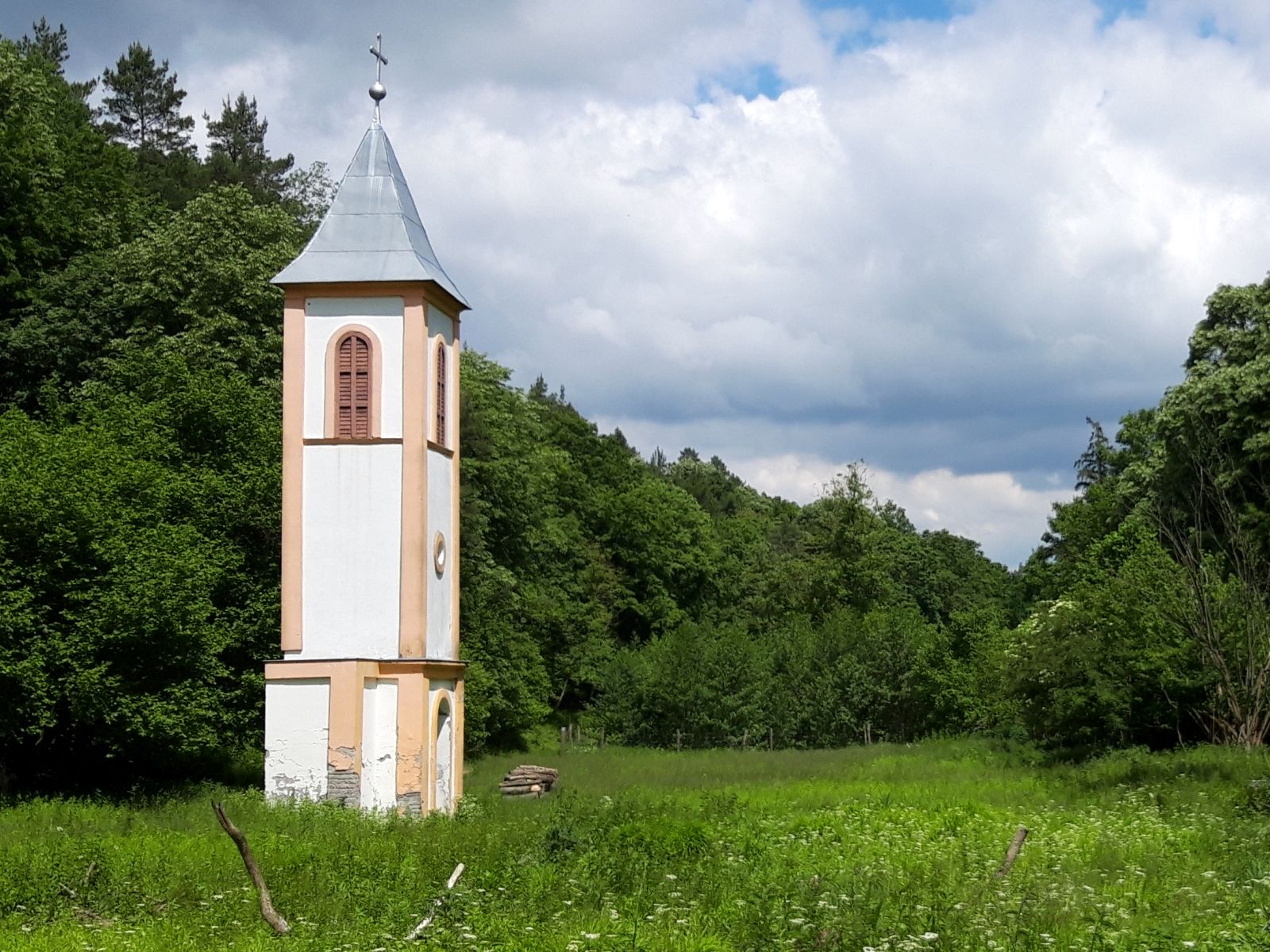
Today it really looks like the rest of the building is underground, but it's not true. There used to be a tiny village here, with German settlers arriving in 1766. They used to make glass, mainly bottles for the excellent local wine, and as it was labour intensive, everyone living here had work to do. In 1890 a total of 195 people lived here in 31 houses, and they also had a small church and a bell tower. In 1946 all the German inhabitants were evicted, they had to leave Hungary, only 2 families stayed here. During the 1950s the houses were used as a summer camp for children, even a swimming pool was built, so the forest was filled with the laughter of kids. Unfortunately, a few years later, even the last family moved away, so the history of the village came to an end. By the 70s the houses and the church were in a very bad shape, so they all got demolished.
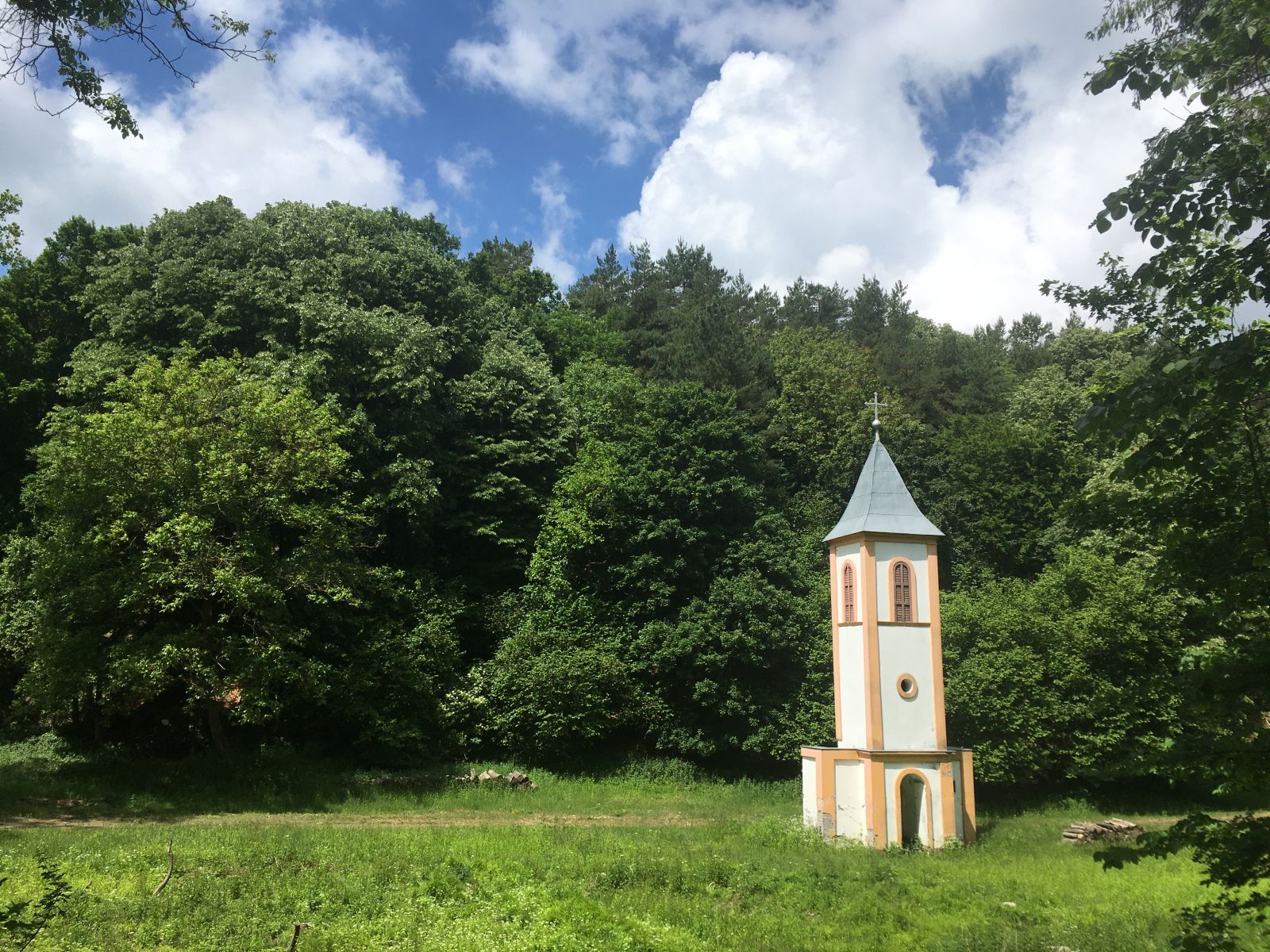
Today, only the tower and the remains of the cemetery remind us that one day there was a rich German settlement here. If you have time, try to find the old gravestones up the hill, hidden in the forest.
Cikó
When Hungary was occupied by the Ottomans, most of the settlements got demolished, so it's always exciting to find something medieval, especially in the countryside. We followed the winding road among the rolling hills and noticed the ruins on a hilltop. As we found out, these are the 1000-year-old ruins of a church, which was standing in the middle of a town. Today, there are no houses here and no streets, only the lonely ruins. Hard to imagine that one day, before the Ottomans arrived, this was the busiest town of the area.
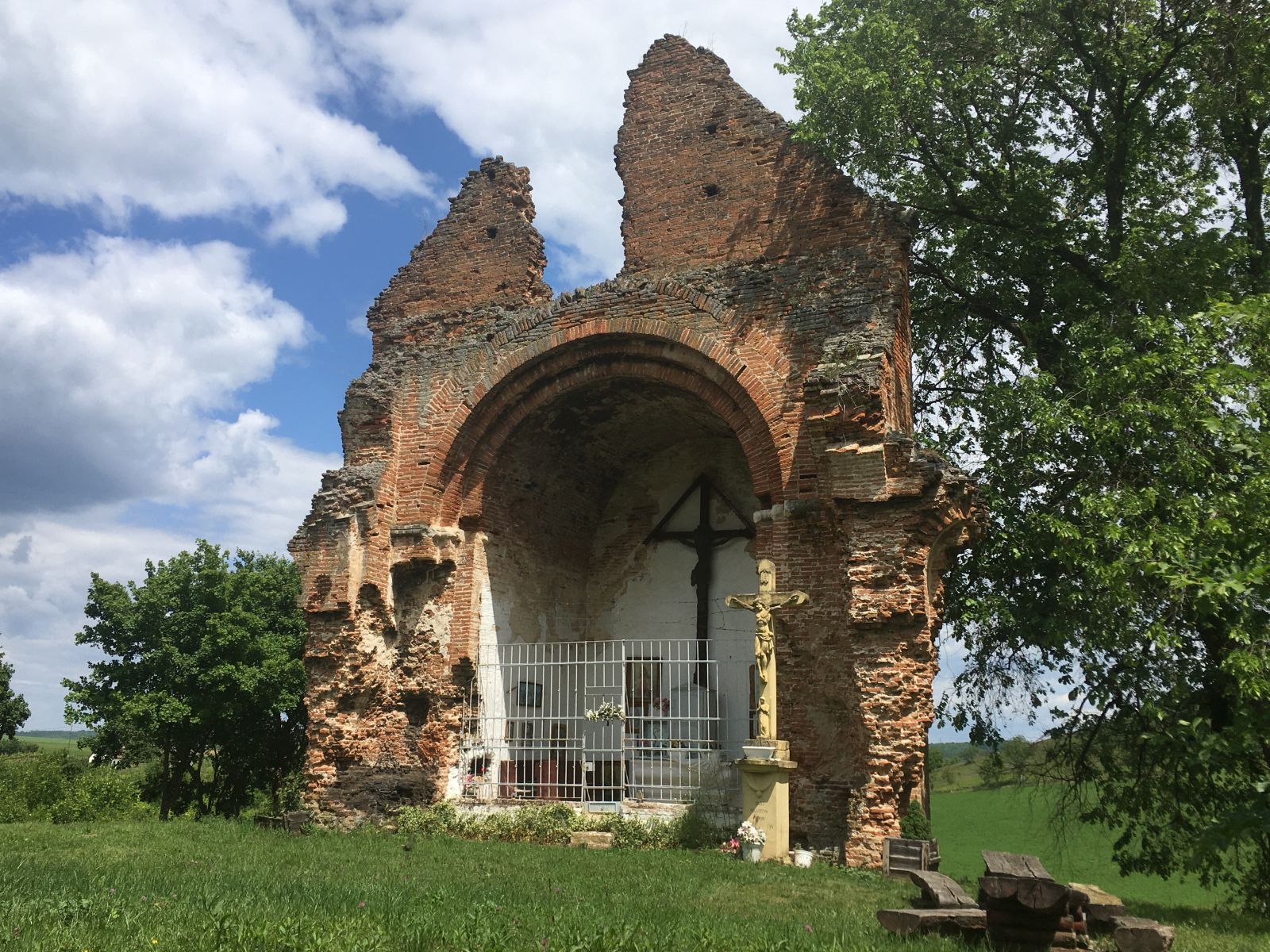
The church used to have two towers and was built by the same masters who also decorated the Cathedral of Pécs with stone carvings. We reached the ruins driving on a dirt road and walking through a field. Luckily there is a small path, so we didn't damage the crops. We found out that local people from the nearby village celebrate an open-air mass here at special occasions. Only the sanctuary remained, but there is a small house next to it, so we could sit down, relax and imagine how people had lived here throughout the turbulent history of Hungary.

Below us, on the dirt road, a horse-drawn carriage was passing by. Local people are very friendly around here, they were greeting us from a distance, waving their hats.
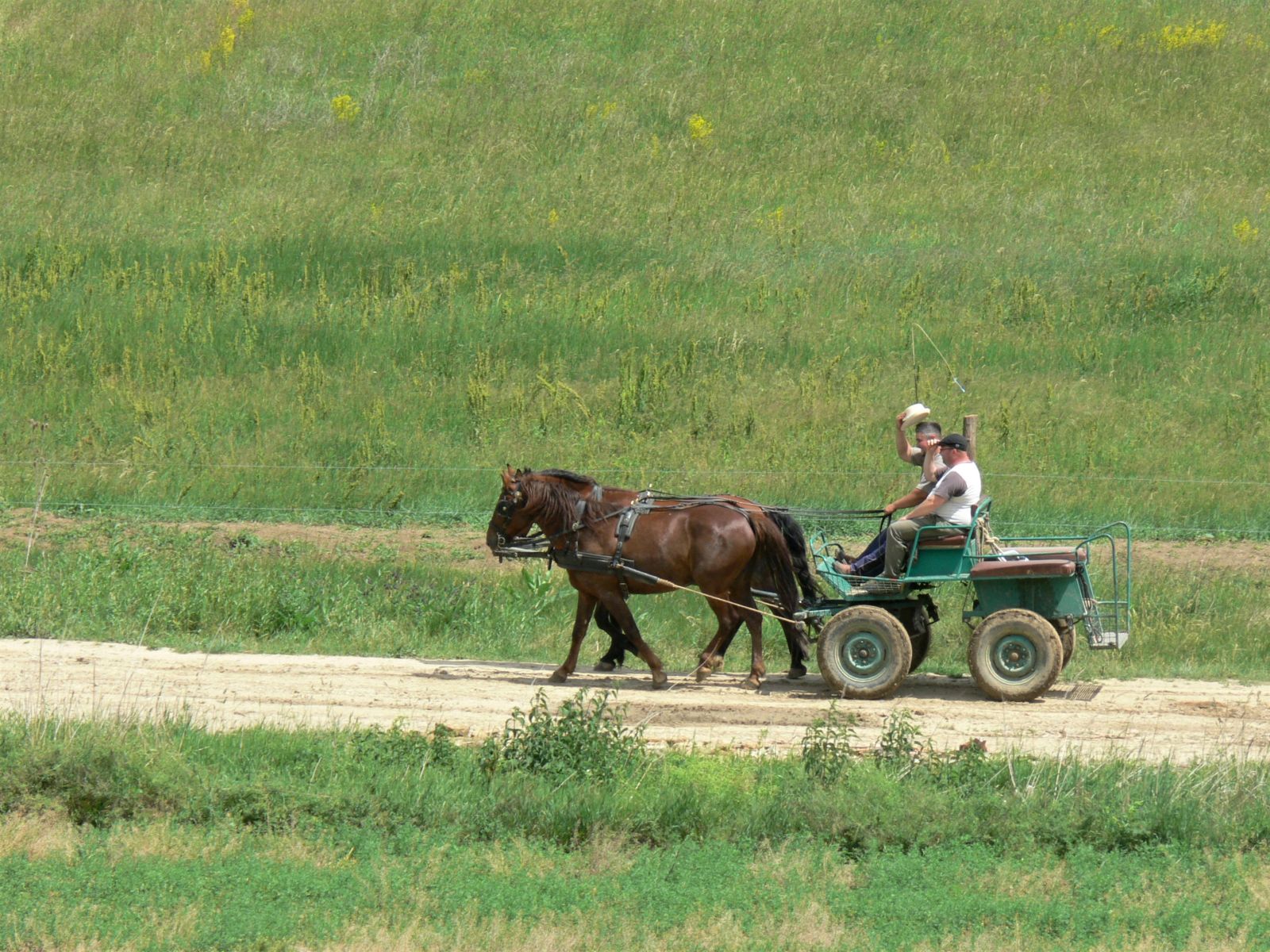
Ófalu
If you speak some Hungarian, you will know right away that this village must be very old, as "Ófalu" literally means "Very old village". Throughout history there was no road leading to the village, local people used to walk through the forest, so they were nicknamed "bush jumpers". As this was kind of a secret place, the local German population did not have to leave Hungary after World War II.

Today, the road is very pretty, leading to Ófalu between green forests and fields. The road splits in two in the center of the village: in one of the valleys houses reach the forest, while the other valley is full of lush green fields. As we left the last house of Ófalu, we actually left Tolna county and entered Baranya county. There are no signs, but the lonely ruin next to the last house actually belongs to another village and another county. During medieval times there used to be a small settlement here, but you won't find any traces of it, only a small part of the 600-year-old church tower is left.
